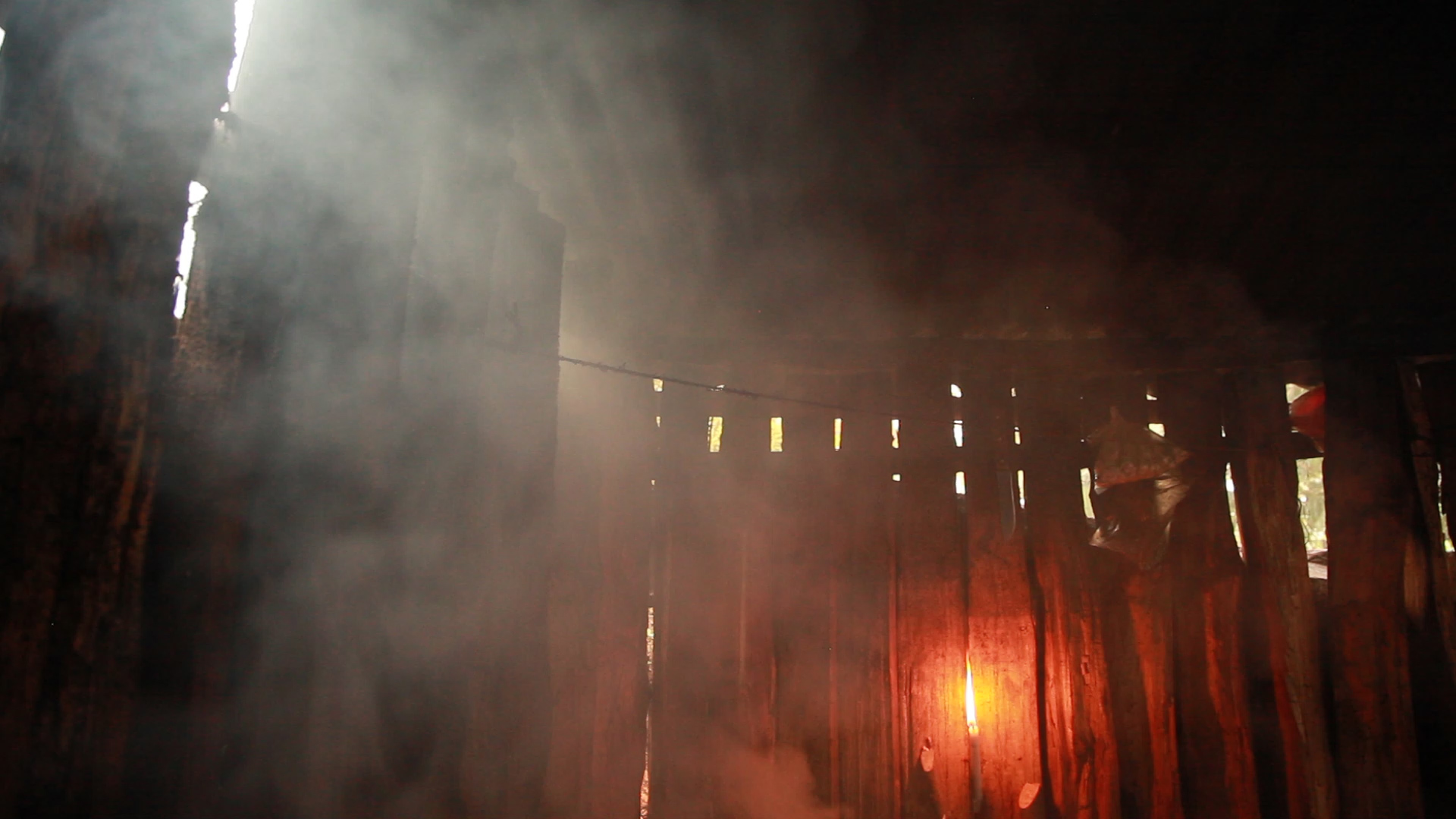Because the Berkeley-Darfur Stoves are more efficient and require less wood than a traditional three-stone fire, they also reduce the amount of smoke released into the air. Darfur is not the only region of the world where people cook over three-stone fires. In fact, about three billion people (almost half the world’s population) in areas of Africa, Asia and Latin America cook over fires that burn wood, coal and other solid materials. When people cook over these fires, especially indoors, they are exposed to high levels of harmful smoke and soot. Every year about four million people, many of them young children, die from diseases related to smoke inhalation.

Smoke produced from these fires contains black carbon and other particulates that are harmful to human health and the environment. The particulates can become trapped in the lungs and lead to illnesses such as pneumonia, heart disease, stroke or lung cancer. In addition to health problems caused by these particulates, black carbon contributes to climate change. It absorbs and traps heat in the atmosphere, which warms the planet. To help combat this problem, Gadgil and his team at Lawrence Berkeley National Laboratory are designing a wood-burning stove that produces one-tenth the pollution of a traditional three-stone fire.
The cookstoves group at Lawrence Berkeley National Laboratory is specifically looking at ways to engineer the stove to produce better combustion of the wood. Better combustion would produce less smoke and fewer particulates. For example, engineering a stove in which the unburned soot and particulates are able to mix back in with the fire at the proper temperature, with enough oxygen, the soot and particulates would continue to burn. This would lead to fewer particulate emissions. Through their research the team is trying to better understand the physical process of combustion so they can apply what they learn to the design of cookstoves in general.
Vi Rapp is a research scientist at Lawrence Berkeley National Laboratory. She has a Ph.D. in mechanical engineering and focuses her research on improving combustion and combustion systems. As part of her job she leads Gadgil’s team on the reduced-emissions cookstove project. Having trouble viewing the video? Stream or download it here.
Researchers at Lawrence Berkeley National Laboratory are using science and engineering to help solve this challenging real-world problem. Making improvements to cookstoves has the potential to save millions of lives. These improvements could significantly reduce illnesses associated with smoke inhalation, reduce deforestation and help slow the rate of climate change.

Chelsea Preble is a Ph.D. student in environmental engineering at UC Berkeley. As an undergraduate she helped test the Berkeley-Darfur Stove. For her Ph.D. work she studies how different technologies can reduce air pollution from diesel trucks. Having trouble viewing the video? Stream or download it here.
Julien Caubel is a Ph.D. student in mechanical engineering at UC Berkeley. He is helping to design a new, more efficient stove. Having trouble viewing the video? Stream or download it here here.
Genevieve Smith is a graduate student at UC Berkeley in the Masters of Development Practice program. She studies the economic and development implications of clean cookstove adoption. Having trouble viewing the video? Stream or download it here .
Kathleen Lask is a Ph.D. student in the Applied Science and Technology program at UC Berkeley. She helped design the Berkeley-Darfur Stove during an engineering class and is now working on a new more efficient cookstove. Having trouble viewing the video? Stream or download it here.
Because this is such a pressing problem, researchers at the lab are not the only ones tackling it. In fact, there are many government and nongovernment organizations and research institutions that are developing and distributing their own versions of cookstoves that are more efficient than traditional cooking techniques. The United Nation’s Foundation is leading an initiative called the Global Alliance for Clean Cookstoves. This initiative is a partnership of organizations and has a goal to “foster the adoption of clean cookstoves and fuels in 100 million households by 2020.”

What are the challenges of addressing indoor air pollution caused by solid fuel fires for cooking and heating? How can the international community overcome those challenges? Does the international community have an obligation to help? Why or why not? Click here to learn more and join the discussion.